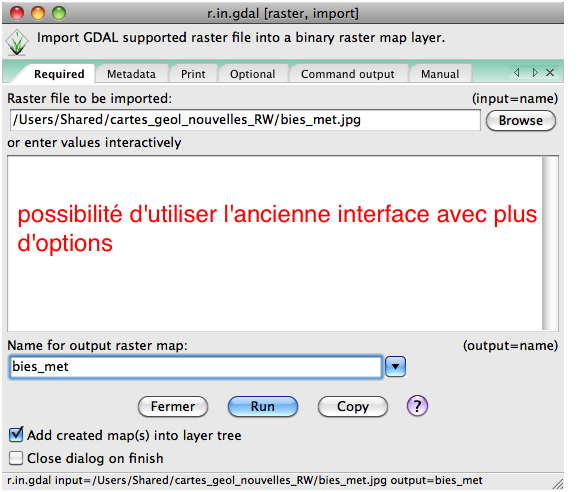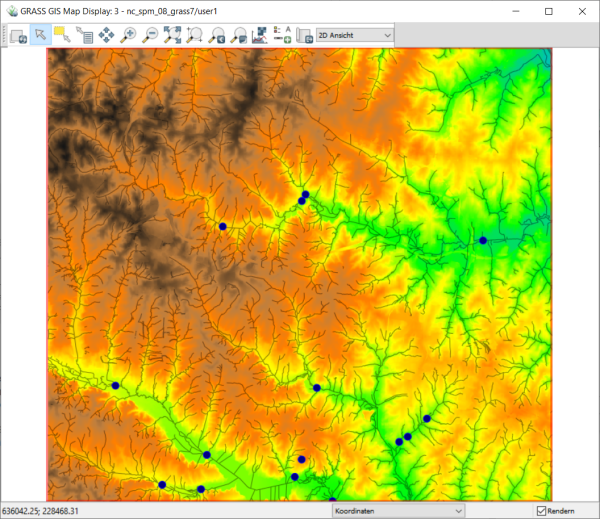

List temperature raster maps with g.list: Note that g.list lists maps alphabetically which in this case orders the mapsįirst click on Clear button under Output window label at the bottom of Layer Manager We use g.list again to list separately temperature and precipitation maps. With start date and interval time with increment 1 month. Now we register raster maps into yet empty space-time raster datasets T.create output=precip_sum type=strds temporaltype=absolute title="Preciptation" description="Monthly precipitation sums in NC " T.create output=tempmean type=strds temporaltype=absolute title="Average temperature" description="Monthly temperature average in NC "
LIDAR TO RASTER GRASS GIS SERIES
Which serve as containers for the time series and we will further manipulate To better handle the long time series of maps, we create temporal datasets In Layer Manager menu: File -> Map display -> Add raster (also available on toolbar) Start GRASS with location NC_spm_temporal_workshop and mapset climate_2000_2012.įirst we list available raster maps and display the first temperatureĪnd precipitation maps from the series to make ourselves familiar with the data. Into the command console in GUI and press enter.Ĭlimate data analysis Basic commands and visualizations Parameters into a proper form or just type the relevant command
LIDAR TO RASTER GRASS GIS WINDOWS
the windows which user usually sees after starting GRASS GIS GUI is a graphical user interface, i.e.Module can be invoked from GUI, Python or system command line (other systems use also terms tool and program), It can be also referred as command especially when also all parameters are given GRASS module is one function, procedure or algorithm,




 0 kommentar(er)
0 kommentar(er)
